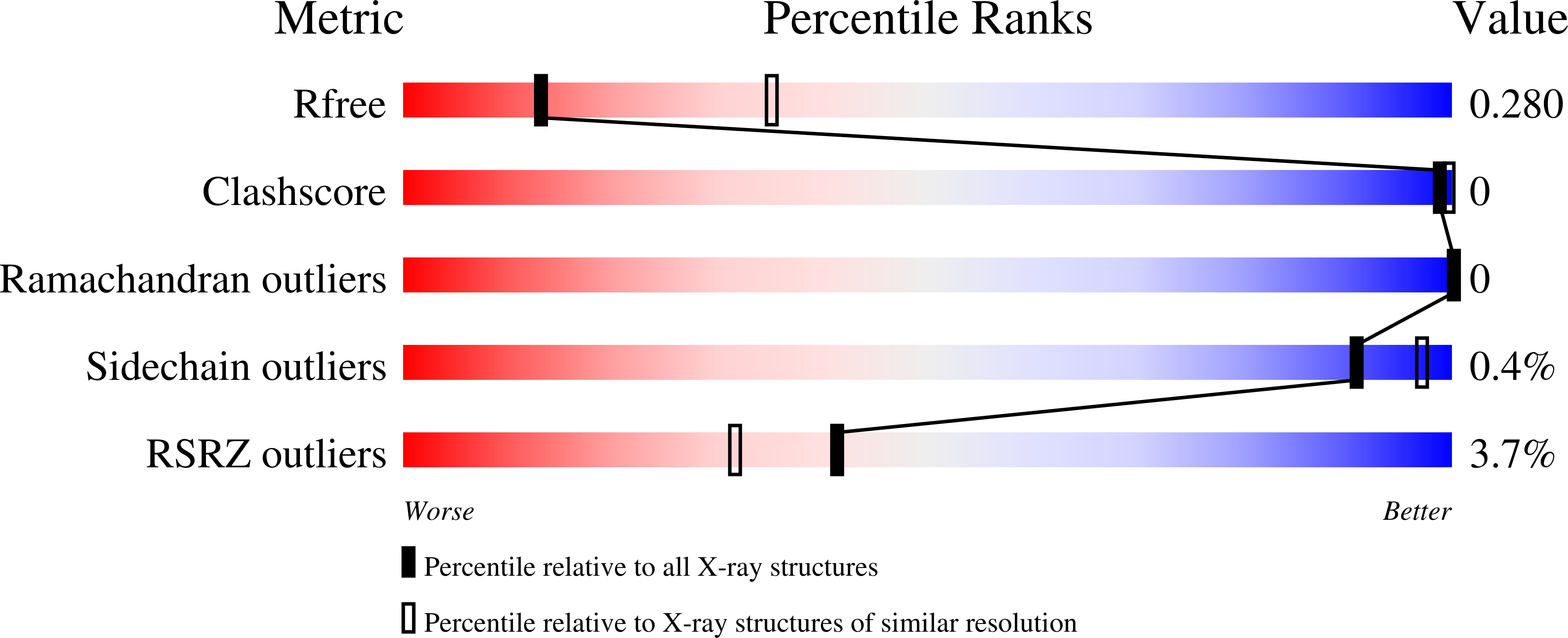
Deposition Date
2021-02-05
Release Date
2021-04-21
Last Version Date
2024-04-03
Entry Detail
PDB ID:
7LM2
Keywords:
Title:
HUMAN PI3KDELTA IN COMPLEX WITH COMPOUND 3C
Biological Source:
Source Organism:
Homo sapiens (Taxon ID: 9606)
Host Organism:
Method Details:
Experimental Method:
Resolution:
2.79 Å
R-Value Free:
0.28
R-Value Work:
0.24
R-Value Observed:
0.24
Space Group:
P 21 21 21


